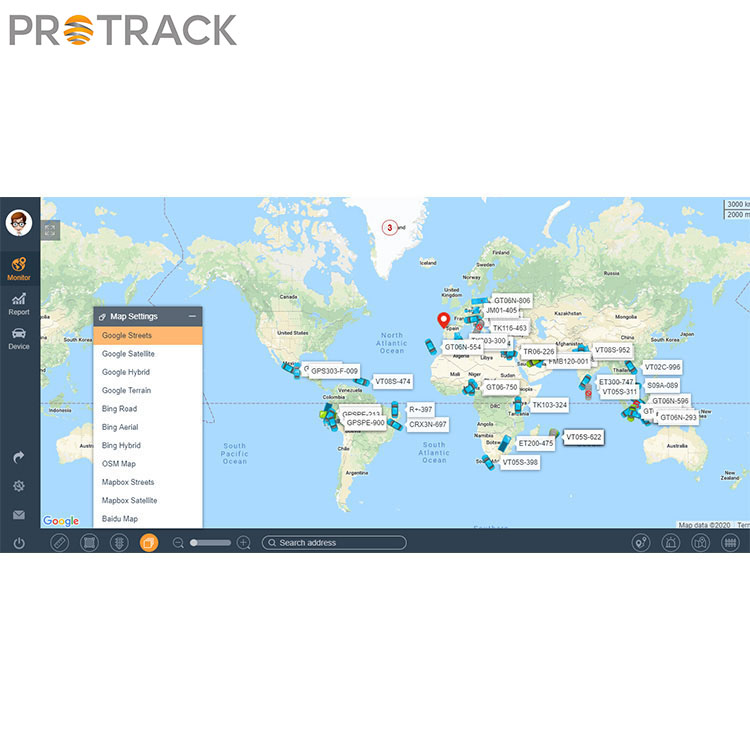What does tracking software do?
2023-10-17
Tracking software, also known as tracking systems or tracking applications, refers to software tools or platforms that enable the monitoring, recording, and analysis of various activities, movements, or data. The specific functionalities and features of tracking software can vary depending on the intended use and industry. Here are some common uses and capabilities of tracking software:
1. Location Tracking: Tracking software can utilize GPS (Global Positioning System) or other location-based technologies to track and monitor the real-time location of people, vehicles, or assets. This can be useful for fleet management, logistics, field service operations, or ensuring the safety and security of individuals.
2. Asset Tracking: Tracking software enables businesses to keep track of their physical assets, such as equipment, tools, inventory, or valuable items. It allows for the monitoring of asset movement, utilization, and location, helping organizations optimize asset allocation, prevent loss or theft, and streamline maintenance and servicing processes.
3. Time Tracking: Tracking software can be used to record and monitor employee work hours, attendance, and productivity. It helps businesses track project timelines, measure productivity, calculate payroll, and ensure compliance with labor regulations.
4. Package and Shipment Tracking: Tracking software is commonly used in logistics and shipping industries to monitor the movement and delivery of packages and shipments. It provides real-time updates on the status and location of shipments, allowing businesses and customers to track their packages throughout the shipping process.
5. Data Tracking and Analytics: Tracking software can collect and analyze data from various sources to provide insights and actionable information. This can include tracking website or app usage, customer behavior, marketing campaigns, or other performance metrics. The software may generate reports, charts, or dashboards to visualize data and help businesses make informed decisions.
6. Security and Surveillance: Tracking software can be used for security and surveillance purposes, such as monitoring access to restricted areas, tracking employee or visitor movements, or managing video surveillance systems. It can enhance safety, prevent unauthorized activities, and aid in investigations if necessary.
7. Health and Fitness Tracking: Tracking software is widely used in health and fitness applications to monitor and track physical activities, sleep patterns, heart rate, calories burned, or other health-related metrics. It helps individuals track their progress, set goals, and maintain a healthy lifestyle.
8. Environmental Tracking: Some tracking software focuses on environmental monitoring, such as tracking air quality, water quality, weather conditions, or energy consumption. It enables organizations to monitor and analyze environmental data for compliance, sustainability, or safety purposes.
It's important to note that the specific features and capabilities of tracking software can vary depending on the provider and the intended use. Organizations or individuals should evaluate their specific tracking needs and choose software that aligns with their requirements in terms of functionality, data privacy and security, user interface, and integration with existing systems.



